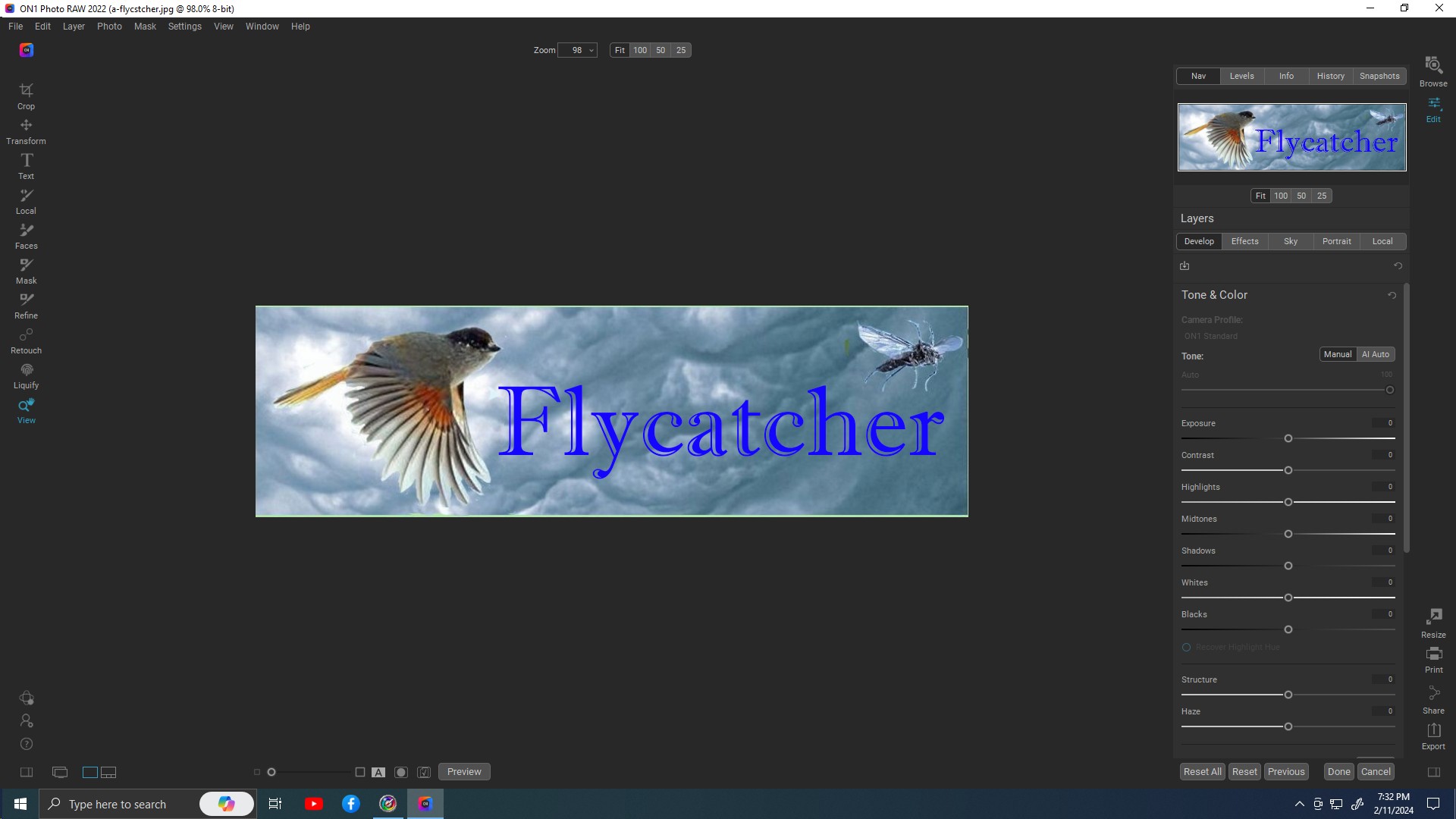
Malaysian Birds
Verditer Flycatcher
|
Size & diagnostic markings:- 17 Cm. Of all the blue colored Flycatchers, the chances of meeting up with this species is the highest. The Verditer Flycatcher can be considered to be the most common Flycatcher in Malaysia. The pale blue with a tinge of turquoise is bright and the bird is in uniformly shaded upper and under part. The under part may appear a shade lighter The rear portion of the belly to the under tail is gray. The black lore for this bird is diagnostic. Distribution :- The bird is found on the southern foothills of the Himalayas, then to Sumatra and Borneo Island Habitats & preferences:- This is a bird of the lowlands as well as that of the sub-montane forest. This is a forest edge bird and its presence detected by its call. The Verditer Flycatcher at 17 cm is large when compared with those in the same grouping. The bird comes with 2 shades of turquoise, brighter when it breeding and duller when it is not breeding. In fact the female turns dull and grey when it is not breeding. The bird origin was traced the area south of the Himalayas and along a belt east to China. Then again in Sumatra and Borneo. In Malaysia, this is a sub-montane bird but sometimes also found in the lowland forest. There is no need to mention name of places as this is a common bird in the highlands and in the lowlands only certain period and I suspect could be the migrants.
|
Verditer Flycatcher. 1
Verditer Flycatcher. female
Verditer Flycatcher. 3
Verditer Flycatcher.. 4
Verditer Flycatcher.. 5
Verditer Flycatcher. 6
Verditer Flycatcher.. 7
Verditer Flycatcher. 8
Verditer Flycatcher. 9
Verditer Flycatcher. 10
Verditer Flycatcher.11
Verditer Flycatcher. 12